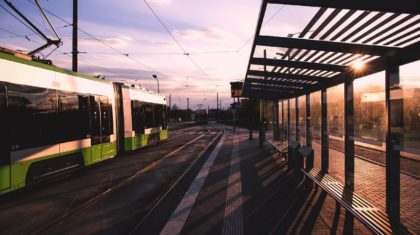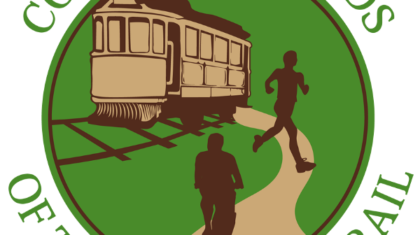
I know what you are thinking: “wait a minute, I thought Alta focused on active mobility. Why am I reading a blog post about motorcycles?” Yes, Alta’s mission is to create active communities, but in order to make streets safe for walking and bicycling, it is essential to understand the full transportation context of a city. In Vietnam, motorcycles rule the streets.

Motorcycle Dependent City (MDC) is a term for cities where the population heavily relies on these vehicles for their daily trips. MDCs are defined by the following: high motorcycle ownership, lack of public transportation options, high number of motorcycles in traffic, low public transportation mode share and high motorcycle mode share. Globally, high rates of motorcycle ownership are focused on SE Asia. Vietnam’s turbulent history throughout the 20th Century and rapid urbanization left it late to develop high capacity transit. Both Hanoi and Ho Chi Minh City (HCMC) have metro and bus rapid transit (BRT) lines in various stages of development, but these are massive cities with populations approaching 10 million. This lack of options helps to explain why upwards of 95% of all vehicles on the street during peak commute times are motorcycles.

During a recent morning rush hour in HCMC, I set myself up on a busy corner to watch the spectacle and count motorcycles (yes, this is the kind of fun I seek out when visiting new places). This particular morning, my crude methodology of counting the number of motorcycles per signal phase (or counting for a 5-minute period when a signal wasn’t present) yielded a rate of approximately 4,500 motorcycles/lane/hour entering the city center on one street. As a comparison, a busy intersection in Hanoi yielded a similar number during the evening commute. These are impressive numbers, no doubt, but at another location on a Sunday afternoon in HCMC, I counted 6,000 motorcycles/lane/hour on a 2-lane street in a business district. Wow! On top of this, consider that 20–30% of all motorcycles are carrying more than one person and this adds up to a significant number of people.

Research by Gesellshaft Fur Technische Zusammenarbeit (GTZ) suggests a capacity of 2,400 motorcycles/lane/hour (see table below reproduced from “The End of Automobile Dependence” by Peter Newman and Jeffrey Kenworthy). They assume 1.1 users/motorcycle, so this translates to an actual number of motorcycles/lane/hour of 2,182. This number seems low, but it is actually similar to what I observed if the speed is doubled (and thus the number of motorcycles) to more closely match the speed in HCMC. Interestingly, this brings the new capacity to 4,364 motorcycles/lane/hour, which is only 1,000 shy of their projected capacity for bicycles at 5,400. Clearly, this is less than the actual numbers I was observing in HCMC, so there must be something more to consider.

One observation from my morning count in HCMC was that the rate of motorcycles passing by wasn’t constant during the times I counted. There were surges caused by signals and other traffic controls upstream and flow disturbances caused by other larger vehicles. So, it could be argued that these numbers are low if a figure showing the absolute capacity is desired. A transportation specialist in HCMC suggested I look at a recent paper by Huynh Duc Nguyen called “Saturation Flow Rate Analysis at Signalized Intersections for Mixed Traffic Conditions in Motorcycle Dependent Cities”. The methodology is quite technical, but it is based on direct observation in HCMC and suggests a capacity of 11,300 motorcycles/lane/hour. Consider a factor of 1.2 people per motorcycle and you get 13,500 people/lane/hour, which nearly doubles GTZ’s projection for a standard bus and 2.5 times the rate for bicycles. Sorry bicycle fans, these motorcycles are ridiculously efficient at moving people.

If given exclusive space, it is hard to argue with the efficiency of motorcycles at moving people. In fact, the only way to increase the carrying capacity of a street would be to implement a high frequency BRT operating in an exclusive lane. Until other options are available, motorcycles will still play a role in MDCs.


